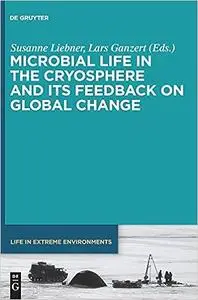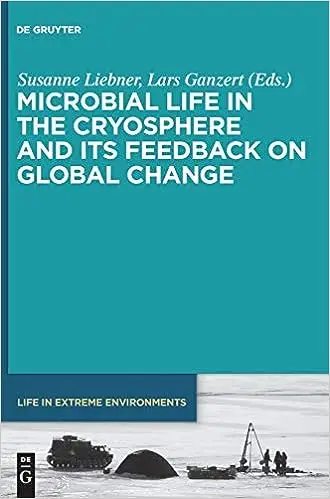Susanne Liebner, "Microbial Life in the Cryosphere and Its Feedback on Global Change (Life in Extreme Environments) "
English | ISBN: 3110496453 | 2021 | 312 pages | EPUB, PDF | 5 MB + 174 MB
English | ISBN: 3110496453 | 2021 | 312 pages | EPUB, PDF | 5 MB + 174 MB
The cryosphere stands for environments where water appears in a frozen form. It includes permafrost, glaciers, ice sheets, and sea ice and is currently more affected by Global Change than most other regions of the Earth. In the cryosphere, limited water availability and subzero temperatures cause extreme conditions for all kind of life which microorganisms can cope with extremely well. The cryosphere's microbiota displays an unexpectedly large genetic potential, and taxonomic as well as functional diversity which, however, we still only begin to map. Also, microbial communities influence reaction patterns of the cryosphere towards Global Change. Altered patterns of seasonal temperature fluctuations and precipitation are expected in the Arctic and will affect the microbial turnover of soil organic matter (SOM). Activation of nutrients by thawing and increased active layer thickness as well as erosion renders nutrient stocks accessible to microbial activities. Also, glacier melt and retreat stimulate microbial life in turn influencing albedo and surface temperatures. In this context, the functional resilience of microbial communities in the cryosphere is of major interest. Particularly important is the ability of microorganisms and microbial communities to respond to changes in their surroundings by intracellular regulation and population shifts within functional niches, respectively.
Read more



